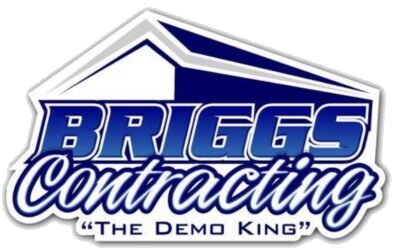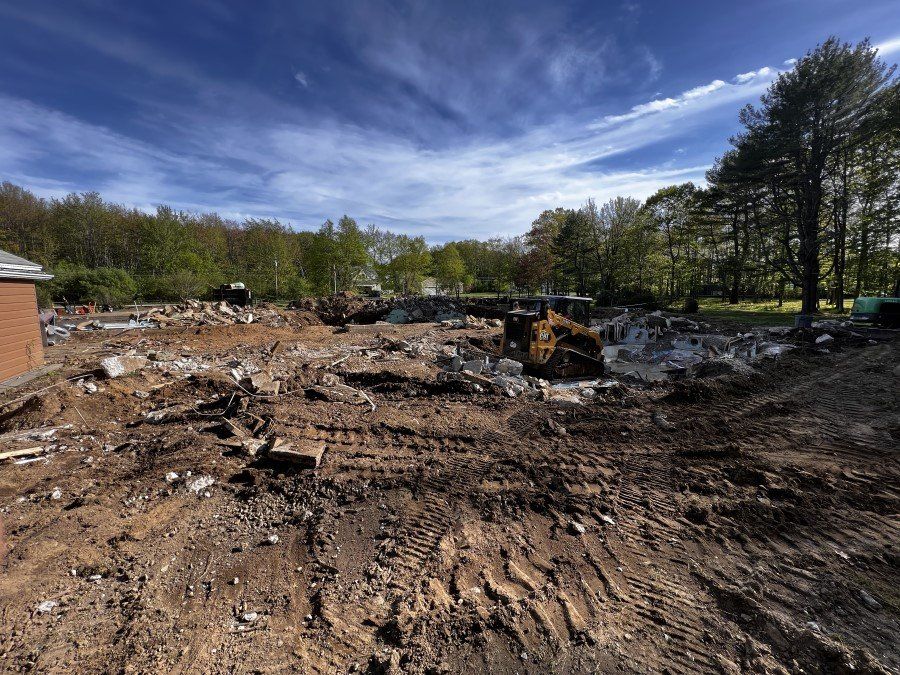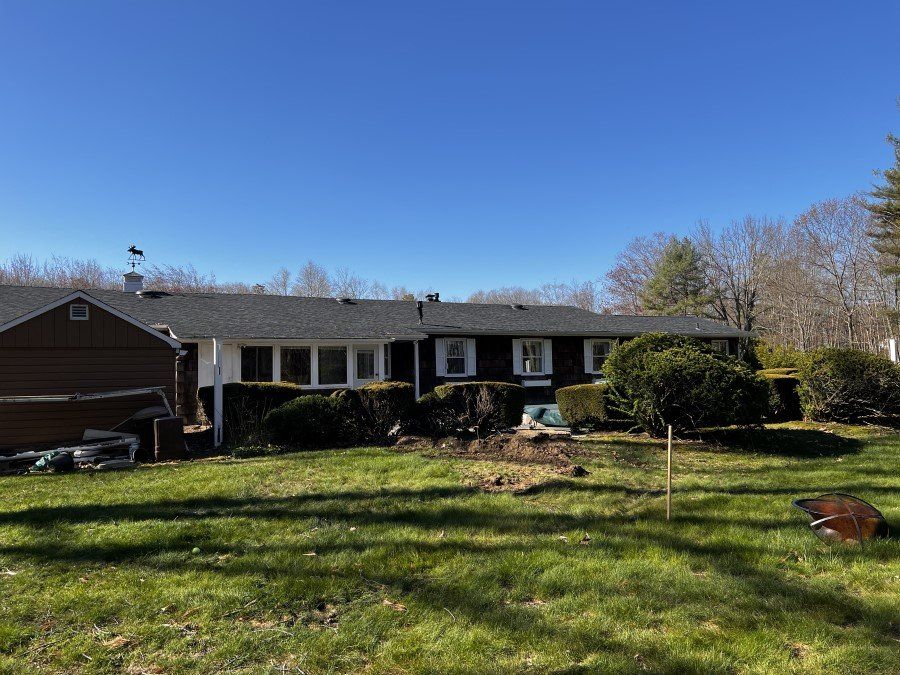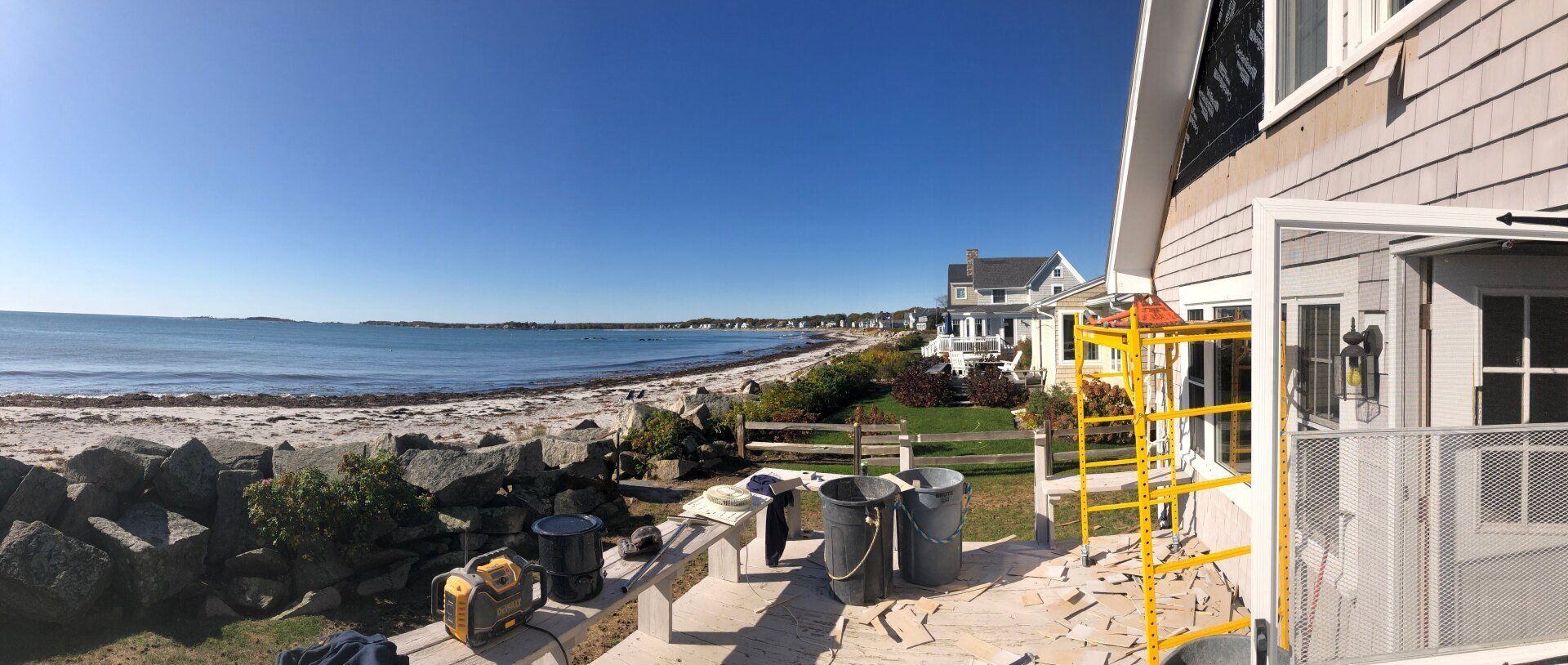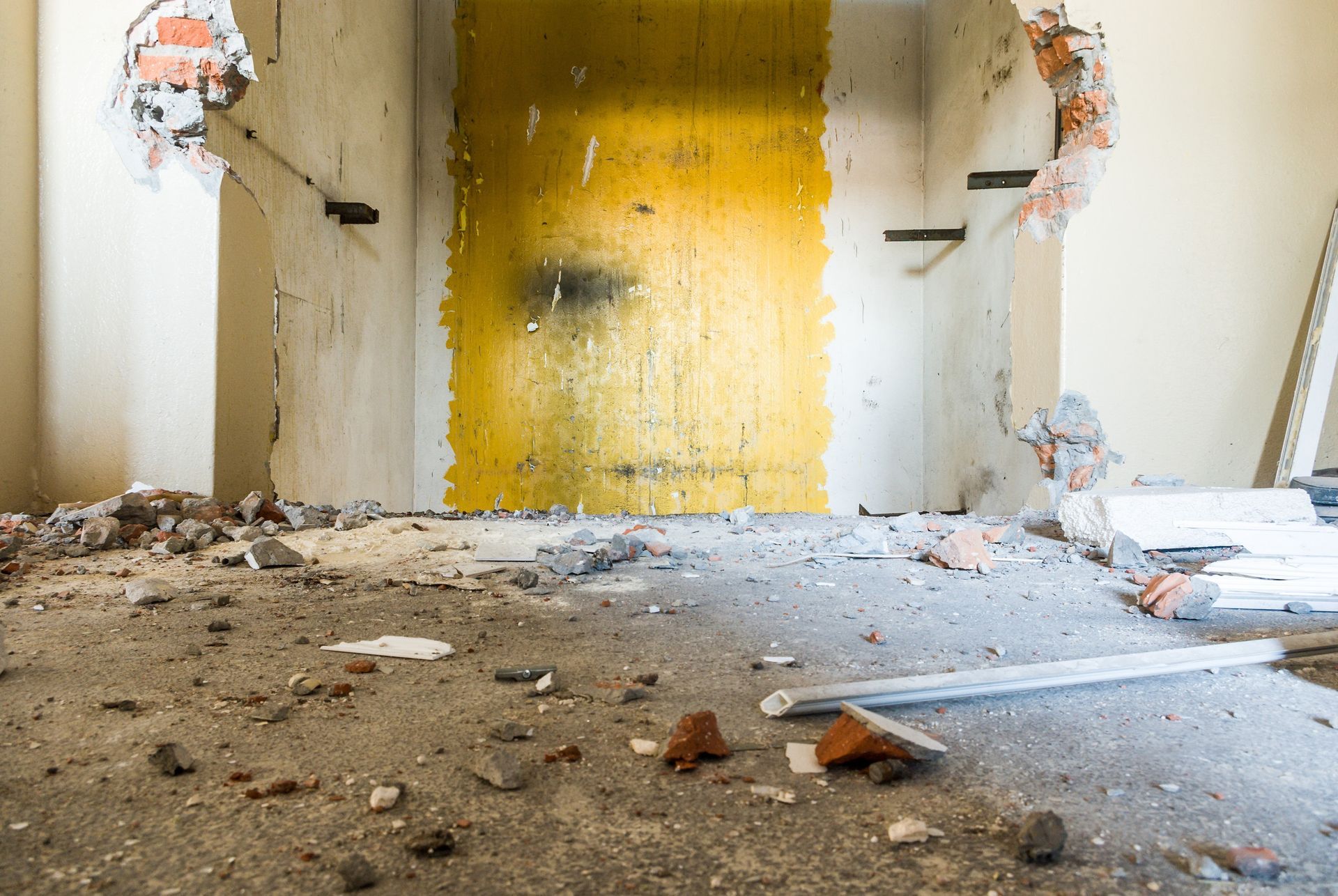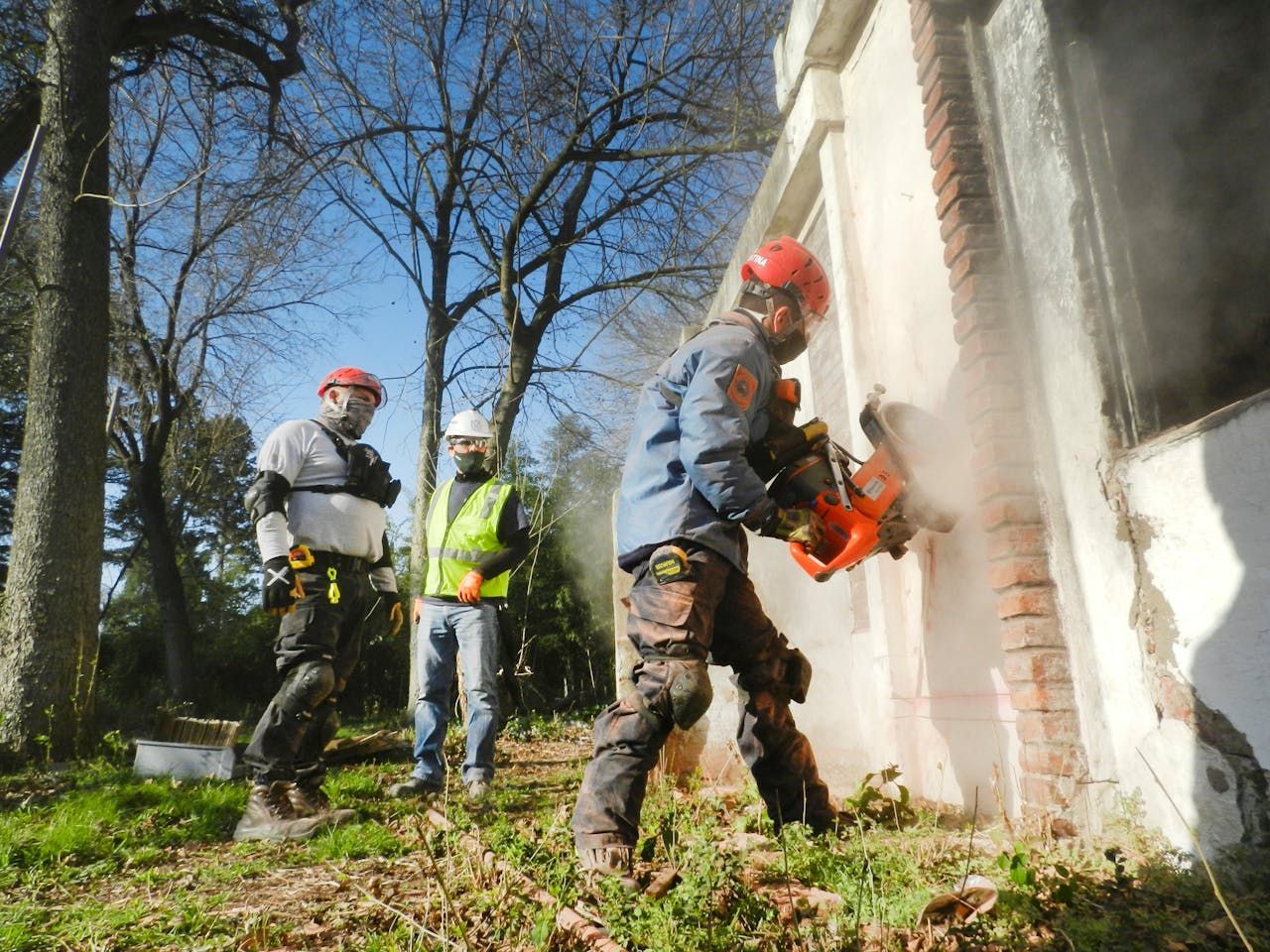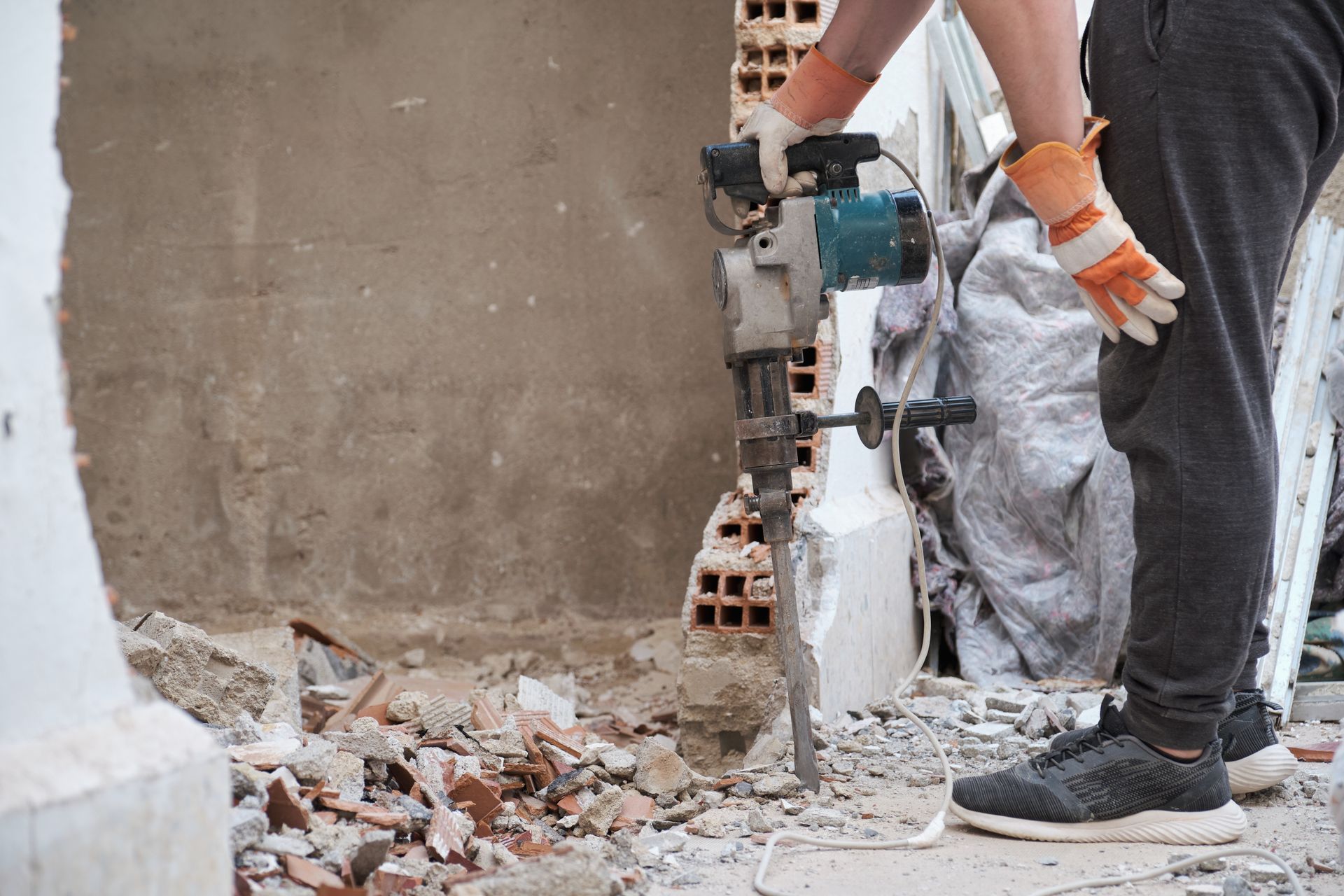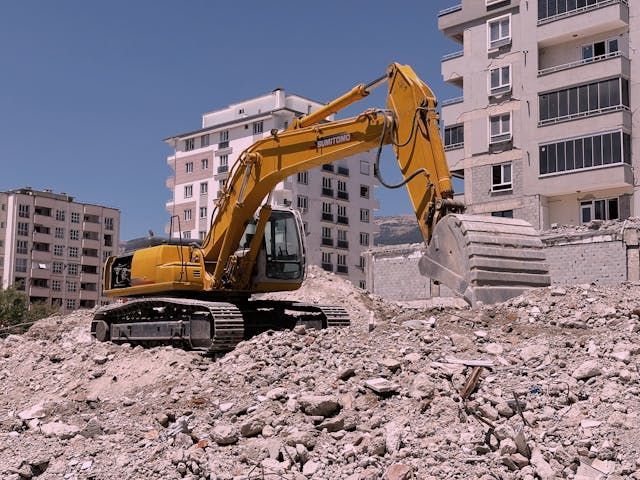Key Differences and Considerations in Residential vs. Commercial Demolition
Key Differences and Considerations in Residential vs. Commercial Demolition
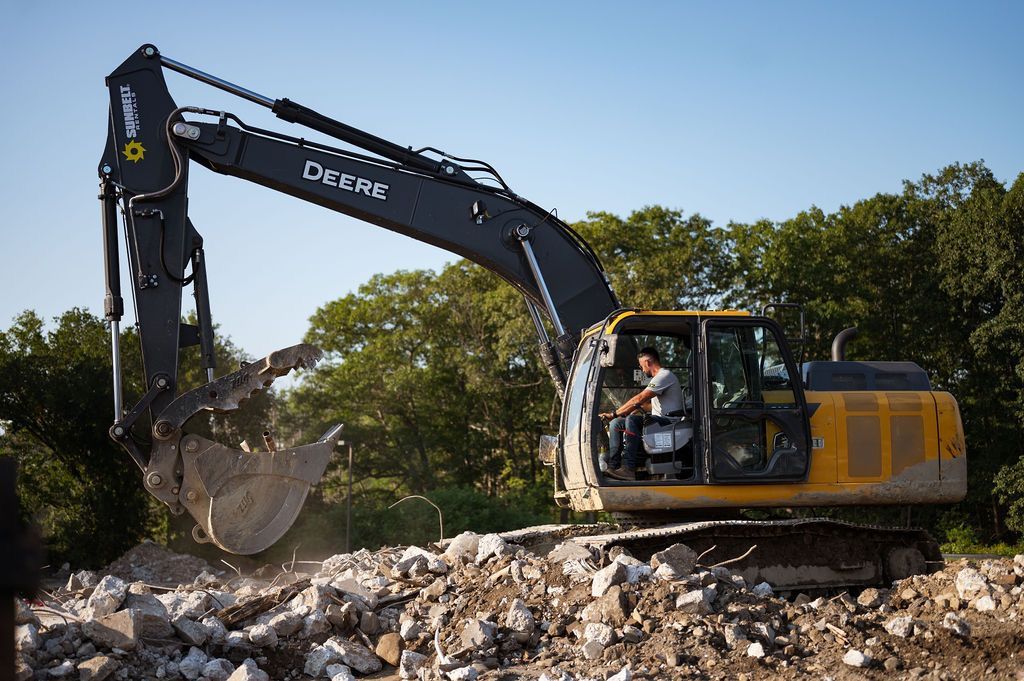
Demolition is a critical phase in construction and redevelopment projects, serving as the prelude to transformation. Whether tearing down a residential structure or dismantling a commercial building, each type of demolition has unique challenges and considerations.
Continue reading as we explore the key differences between residential and commercial demolition, shedding light on the factors that make each distinct.
Structural Complexity
Residential buildings, typically single-family homes or duplexes, are simpler in design and construction. This simplicity often allows for a more straightforward demolition process.
On the other hand, commercial structures, such as office buildings, warehouses, or retail spaces, often boast a higher degree of complexity. The presence of specialized systems like HVAC, plumbing, and electrical systems can complicate the demolition process, requiring careful planning and execution to ensure safety and efficiency.
Regulatory Compliance
Residential and commercial demolitions are subject to different sets of regulations and permits. Residential demolitions usually involve compliance with local building codes and zoning regulations. However, commercial demolitions may require adherence to more stringent guidelines due to their more extensive scale and potential environmental impact.
Commercial projects may involve additional permits related to hazardous materials, noise levels, and environmental considerations. A reliable contractor like Briggs Contracting ensures compliance with these regulations, minimizing the environmental impact of the demolition process.
Environmental Impact
The environmental impact of demolition varies significantly between residential and commercial projects. While residential demolitions may have a relatively lower ecological footprint, commercial demolitions often pose more significant challenges. Commercial structures may contain hazardous materials such as asbestos, lead, or other contaminants, necessitating specialized handling and disposal procedures.
Commercial demolition projects frequently include thorough site assessments and the safe removal and disposal of hazardous materials to reduce their adverse environmental effects. Sustainable demolition techniques like recycling materials and reducing waste are becoming more critical in residential and commercial projects.
Safety Considerations
Ensuring safety is crucial in any demolition project, but the larger scale and complexity of commercial demolitions require extra vigilance. Commercial structures often have larger footprints, taller heights, and more intricate designs, posing increased risks to workers and the surrounding environment.
Residential demolitions, while requiring strict safety measures, may involve less extensive safety protocols due to their smaller scale. In commercial demolitions, detailed safety plans, the use of specialized equipment, and comprehensive personnel training are essential to mitigate potential risks.
Project Timeline and Coordination
The timelines for residential and commercial demolition projects can significantly differ. Due to their smaller scale, the completion of residential demolitions is more swift. However, commercial demolitions, especially for larger structures, may require more extended timelines due to the tasks' complexity.
Commercial demolition projects also demand meticulous coordination with various stakeholders, including property owners, government agencies, and utility providers. Delays in obtaining necessary permits or coordinating with utility companies can impact the project timeline.
Community Impact
The impact of demolition on the surrounding community is another critical aspect distinguishing residential from commercial projects. Residential demolitions, particularly in established neighborhoods, can evoke emotional responses from the community. Maintaining positive relations with neighbors requires careful management of noise, dust, and disruptions to daily life.
Commercial demolitions, often in business districts or industrial areas, may have different community considerations. The impact on neighboring businesses, traffic management, and overall accessibility are critical concerns in commercial demolition planning. Open communication and community engagement are essential to address concerns and maintain a positive relationship with the affected stakeholders.
Discover confidence in your demolition projects with Briggs Contracting. Our team excels in residential and commercial demolitions, seamlessly managing complexities from regulations to environmental sustainability. Contact us today at (207)-939-7807 to start your project with a reliable partner in the industry.
